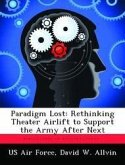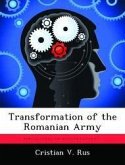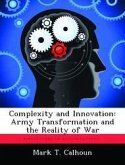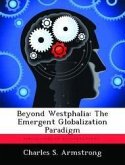This monograph analyzes the Revolution in Military Affairs of early modern Europe to develop a paradigm for the current posited RMA and for the U.S. Army Transformation. Michael Roberts introduced the concept of a "military revolution" during a lecture presented at the Queen's University of Belfast in 1955. The lecture entitled "The Military Revolution 1560-1660", influenced numerous scholars and was the genesis of a large body of work on the subject. Exploitation of these works can potentially lead to a better understanding of military revolutions in general, the posited current military revolution and the U.S. Army Transformation. The militaries of early modern Europe passed through the crucible of transformation during the RMA of early modern Europe. The United States Army is currently undergoing a transformation as it incorporates digital technology into its arsenal. The United States Army is moving from its current force structure, known as the Legacy Force, to an Objective Force in which all divisions share a common design and possess similar C4ISR capabilities, logistical capabilities, and a common suite of vehicles. The paradigm developed in the monograph will determine whether there is an ongoing RMA and then whether that same paradigm is illustrative and appropriate for the U.S. Army Transformation. First, the monograph establishes workable definitions for an RMA and a paradigm. The monograph then assesses the notable works of scholars who studied the RMA of early modern Europe. This assessment will establish a framework with which to evaluate that early RMA and will lay the groundwork for establishing a paradigm. The actual battlefield events which occurred during the RMA of early modern Europe are then analyzed and a five part paradigm developed. This paradigm is then compared to current circumstances and determines that there is currently an ongoing RMA. The monograph then evaluates the current U.S. Army Transformation. Analysis of the component parts
Hinweis: Dieser Artikel kann nur an eine deutsche Lieferadresse ausgeliefert werden.
Hinweis: Dieser Artikel kann nur an eine deutsche Lieferadresse ausgeliefert werden.








